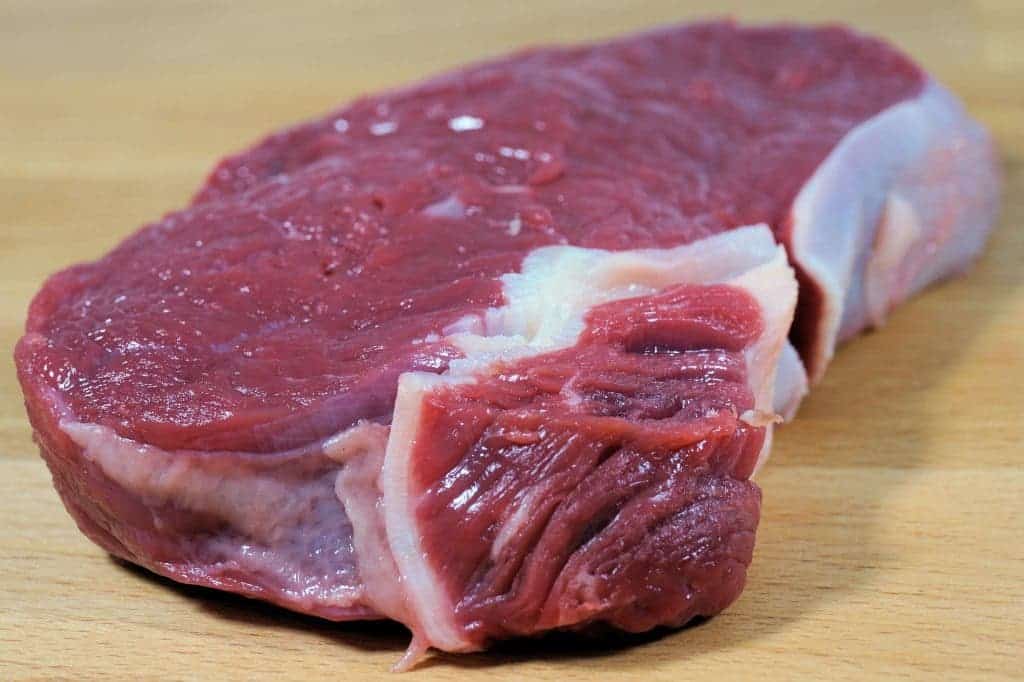While they may look, taste, and feel pretty much the same, meat and plant-based meat are not the same from a nutritional standpoint. That’s not to say one is better than the other, but they are different beasts and should not be seen as interchangeable, a new paper explains.

New research at Duke University is taking a deeper look into the nutritional content of plant-based meats. These products, at least when judging from nutritional labels, seem pretty much identical to regular meat. They have similar vitamin, fat, and protein contents, all characteristics that are listed on the labels of food products. But they have significant differences among many of the nutritional elements that don’t make it onto the labels.
Similar but not the same
“To consumers reading nutritional labels, they may appear nutritionally interchangeable,” said Stephan van Vliet, a postdoctoral researcher at the Duke Molecular Physiology Institute who led the research. But if you peek behind the curtain using metabolomics and look at expanded nutritional profiles, we found that there are large differences between meat and a plant-based meat alternative.
“It is important for consumers to understand that these products should not be viewed as nutritionally interchangeable, but that’s not to say that one is better than the other. Plant and animal foods can be complementary, because they provide different nutrients.”
Great effort has been put into making plant-based meat more meat-like, quite understandably so. This makes it more appealing to people looking for a realistic plant-based substitute for meat, while also, potentially, making it more enticing to those who are used to regular meat. Towards this end, plant-based meat products often include leghemoglobin, a molecule derived from soy, red beet, berries, and carrot extracts that simulates meat’s ‘juiciness’. Its texture is simulated through the addition of digestible fibers, and proteins from plant sources such as soy or peas are mixed in to fortify the meat substitute. Other ingredients such as vitamins and minerals (for example, B12 and zinc) are often mixed in as well in order to mimic meat’s nutritional values.
However, the team reports that there are still significant differences in nutritional content between meat and plant-based meat substitutes. These differences are most pronounced in items that aren’t listed on nutritional labels, they add. The team measured the levels of different metabolites involved in various processes that keep our bodies going. According to the authors, we estimate that there are over 100,000 such metabolites that play a role in our biochemistry and that we get around half of them from our diets.
For the study, they compared metabolite levels in 18 samples of plant-based meat to those in 18 samples of grass-fed, ground beef samples taken from a ranch in Idaho. They report finding differences in 171 out of the 190 metabolites they analyzed between the two groups. Regular meat contained 22 metabolites that the plant-based patties did not. On the other hand, the latter contained 31 metabolites that beef didn’t. These differences were most significant in regards to amino acids, dipeptides, vitamins, and phenol levels, as well as in the types of saturated and unsaturated fatty acids in these products.
Several metabolites that are known to play an important part in maintaining our health were found in greater quantities in beef, and a few were found there exclusively. These include creatine, spermine, anserine, cysteamine, glucosamine, squalene, and the omega-3 fatty acid DHA.
“These nutrients have potentially important physiological, anti-inflammatory, and or immunomodulatory roles,” the authors note in the paper.
“These nutrients are important for our brain and other organs including our muscles” van Vliet adds. “But some people on vegan diets (no animal products), can live healthy lives — that’s very clear.”
While the results are definitely valuable, they don’t point to either variety of meat being better than the other. Both varieties contain some compounds that aren’t seen in the other, so they’d both, ideally, be included in our diets.
The paper “A metabolomics comparison of plant-based meat and grass-fed meat indicates large nutritional differences despite comparable Nutrition Facts panels” has been published in the journal Scientific Reports.









